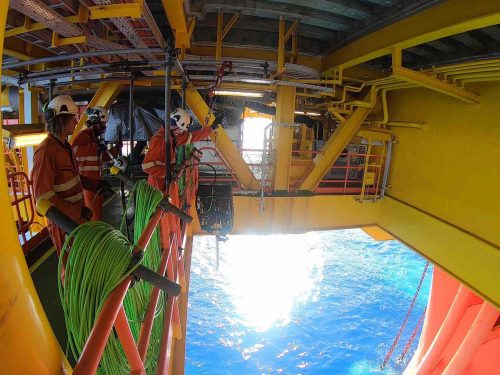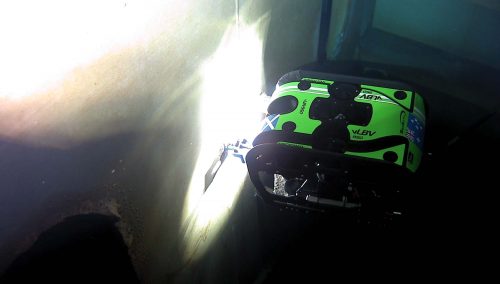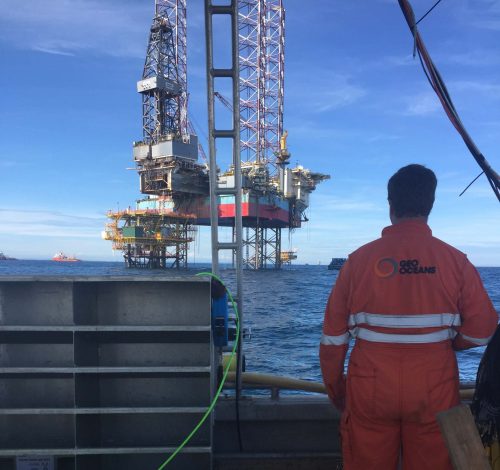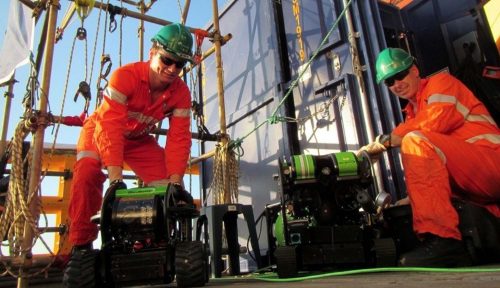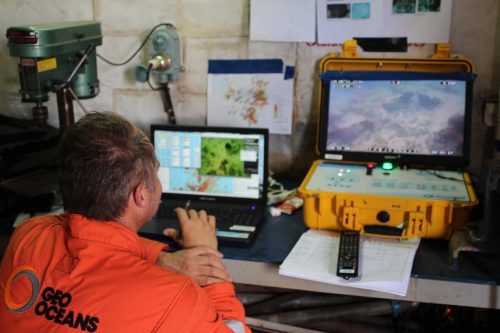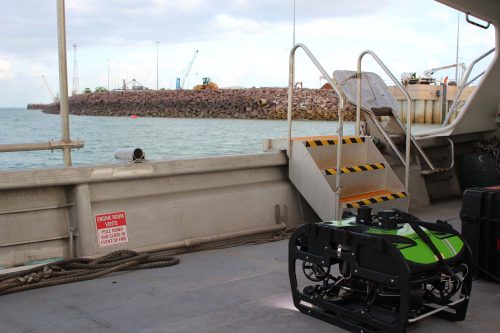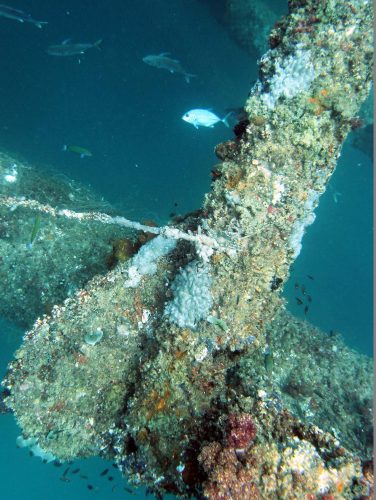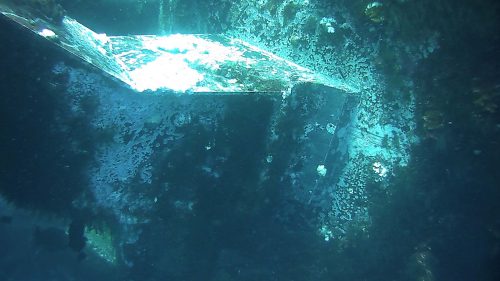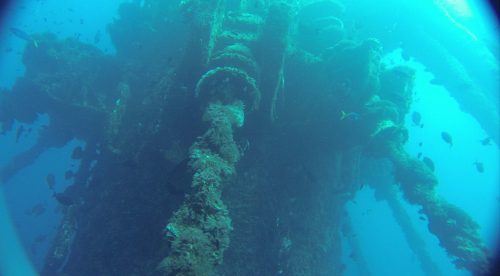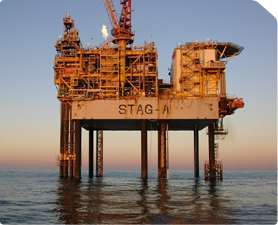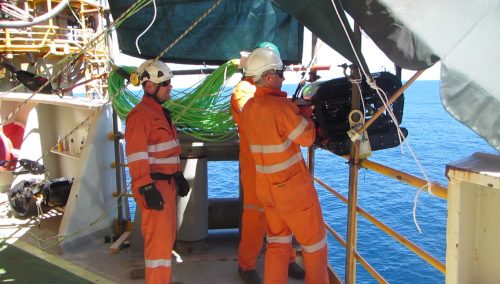
Geo Oceans is a specialist provider of subsea inspection and survey services within the challenging offshore environment, using innovative Remotely Operated Vehicle (ROV) systems at a fraction of the cost of traditional methods in order to complete in-water inspections of fixed assets and platforms.
With the support of our parent company Vertech, we are capable of providing clients with industry-leading and turnkey class inspection services on assets under Lloyds Register, ABS and DNV GL classification societies. We have a wealth of experience across the globe inspecting subsea infrastructure, splash zones and platform jackets using our Asset Deployed ROV observation class systems.

